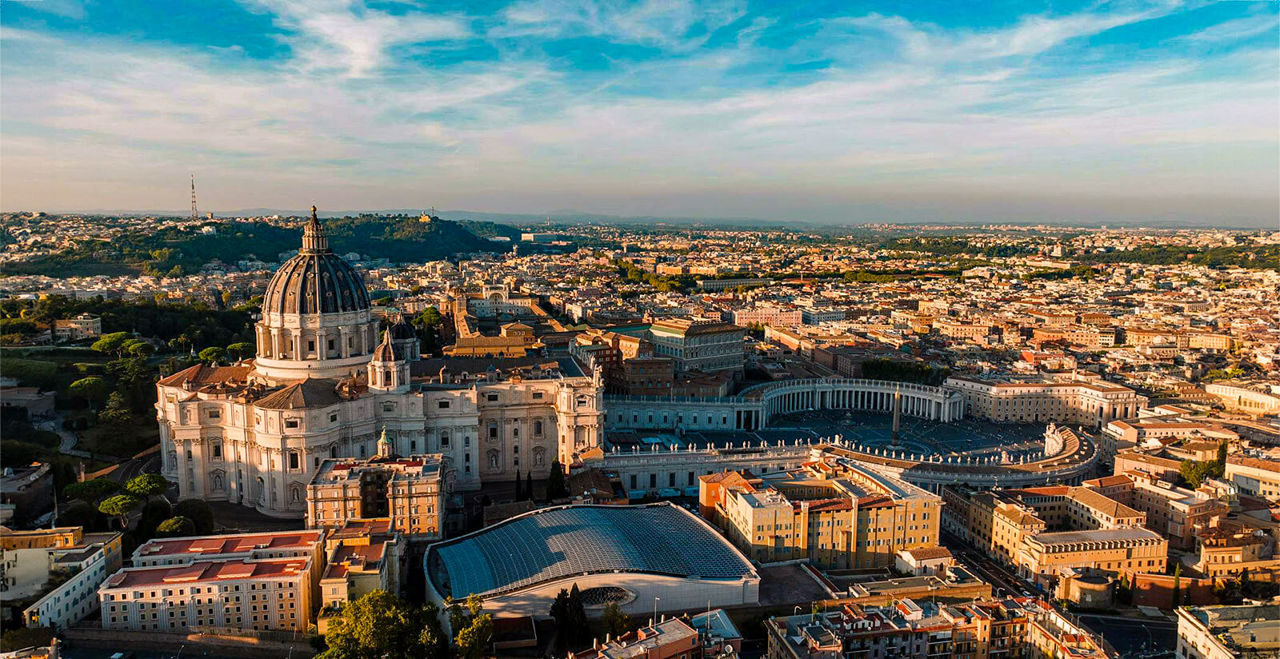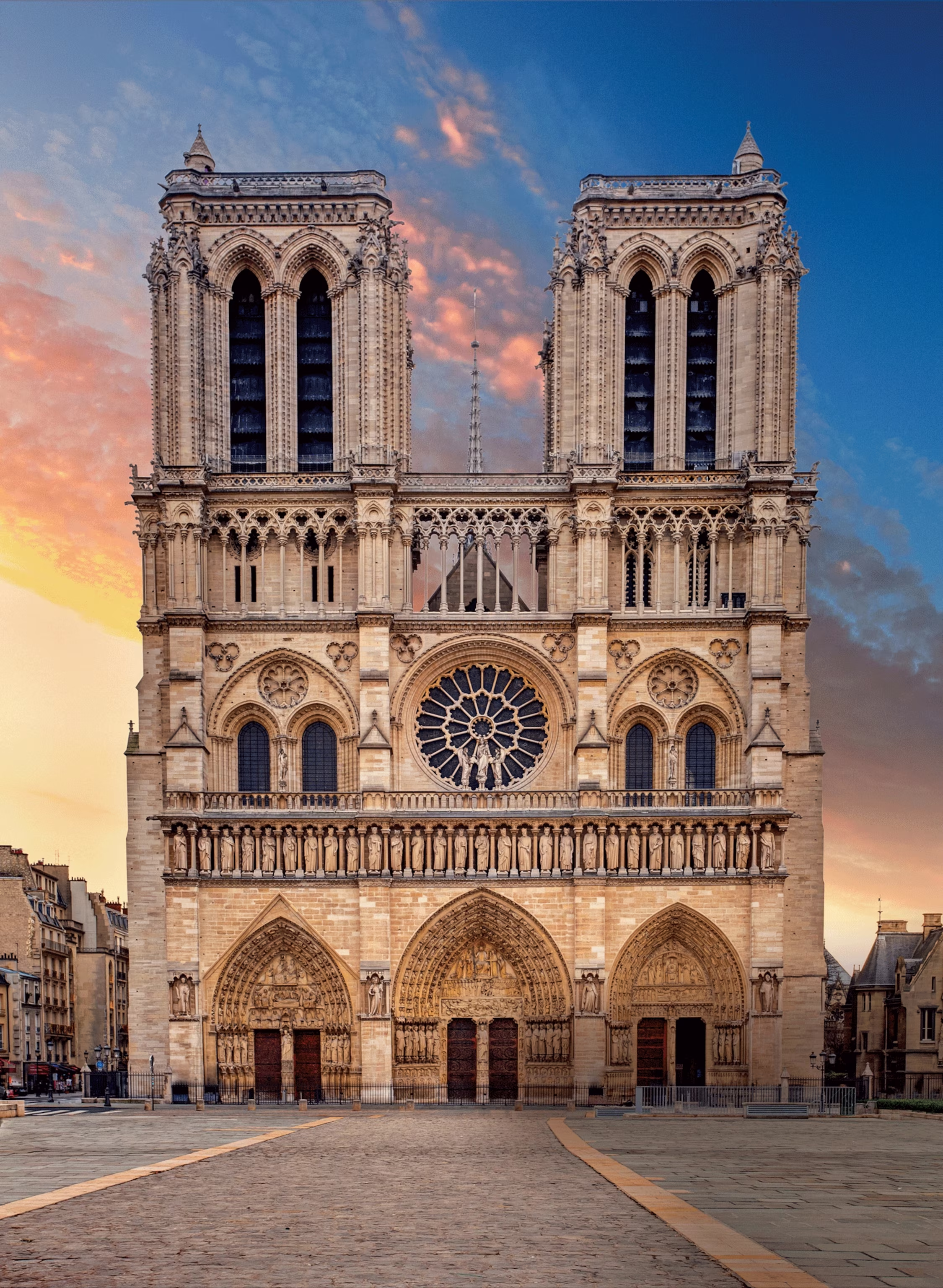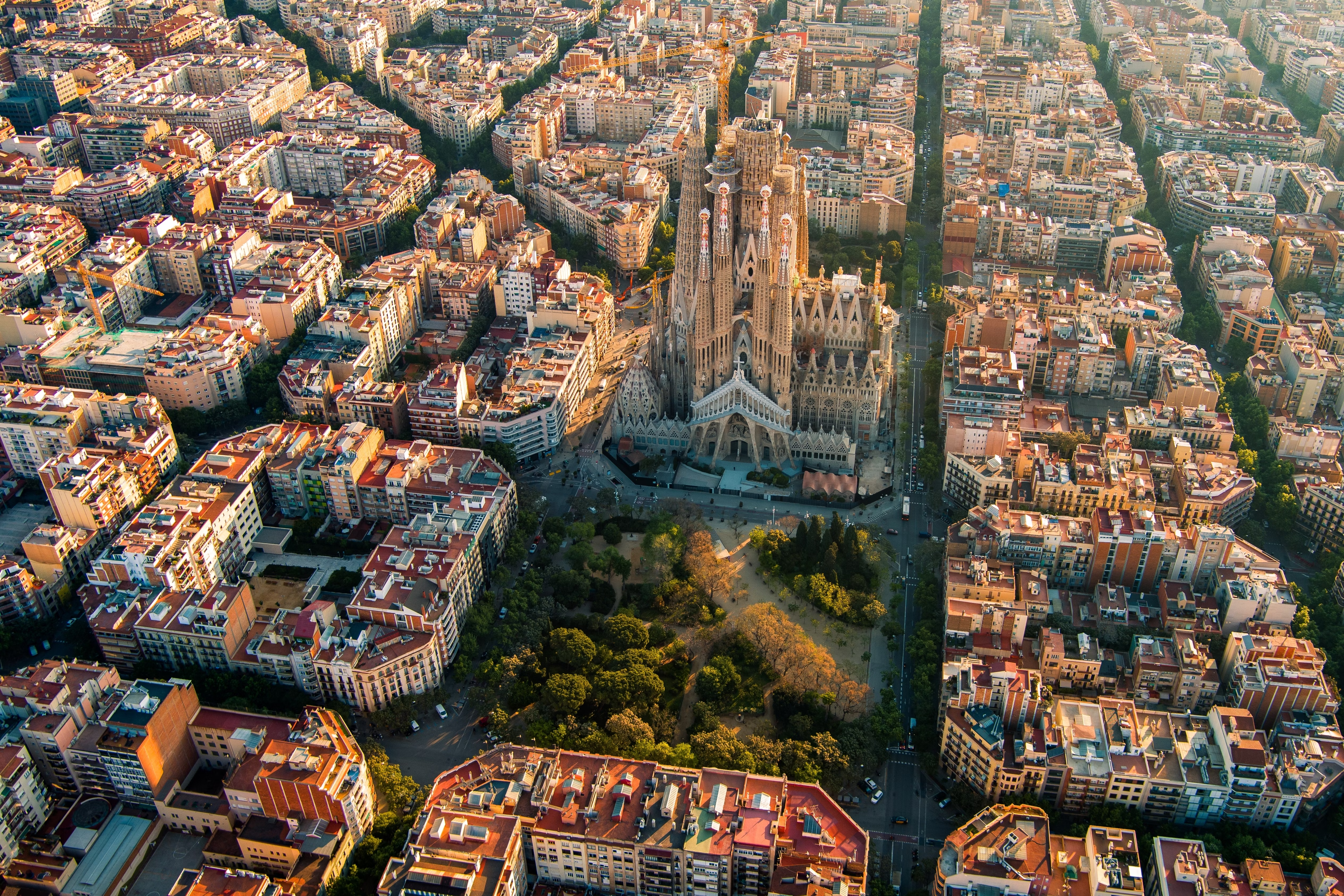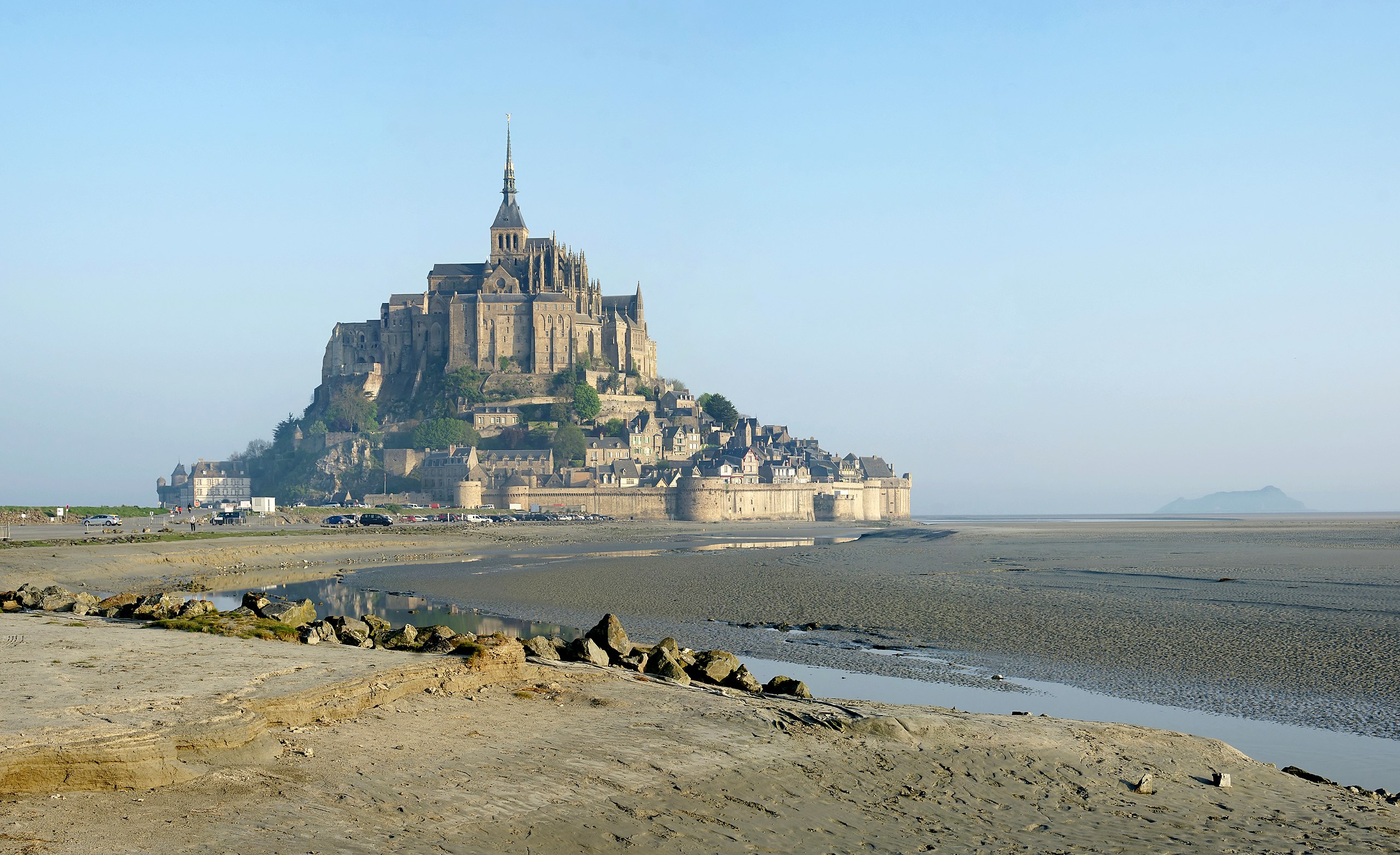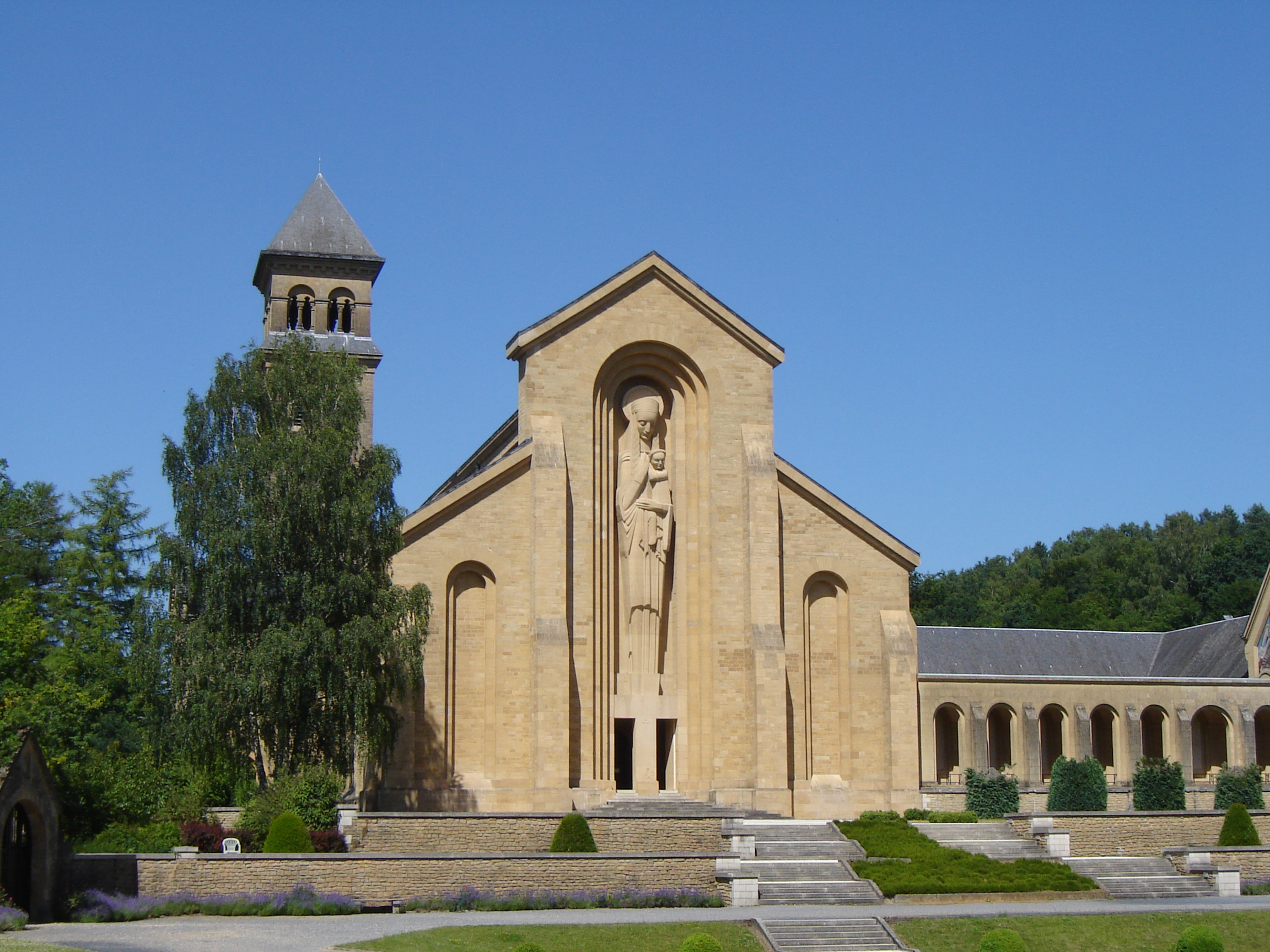
Orval Abbey
A Cistercian Trappist monastery known for its spiritual life, brewing tradition, and cheese production. The site includes impressive medieval ruins alongside the modern monastery buildings.
Historical Context
Orval Abbey was constructed during the medieval (ruins), modern (rebuilt) period, specifically between Founded 1070 (Cistercian 1132, destroyed 1793, rebuilt 1926-1948). This era was characterized by significant developments in architectural techniques and religious expression.
The construction was commissioned by the monastic order and took place during a time of growing urban populations and increasing religious devotion. The building has survived through centuries of history, witnessing wars, political changes, and cultural transformations.
Over the centuries, Orval Abbey has undergone several renovations and restorations, each adding to its historical significance while preserving its original character and purpose.
